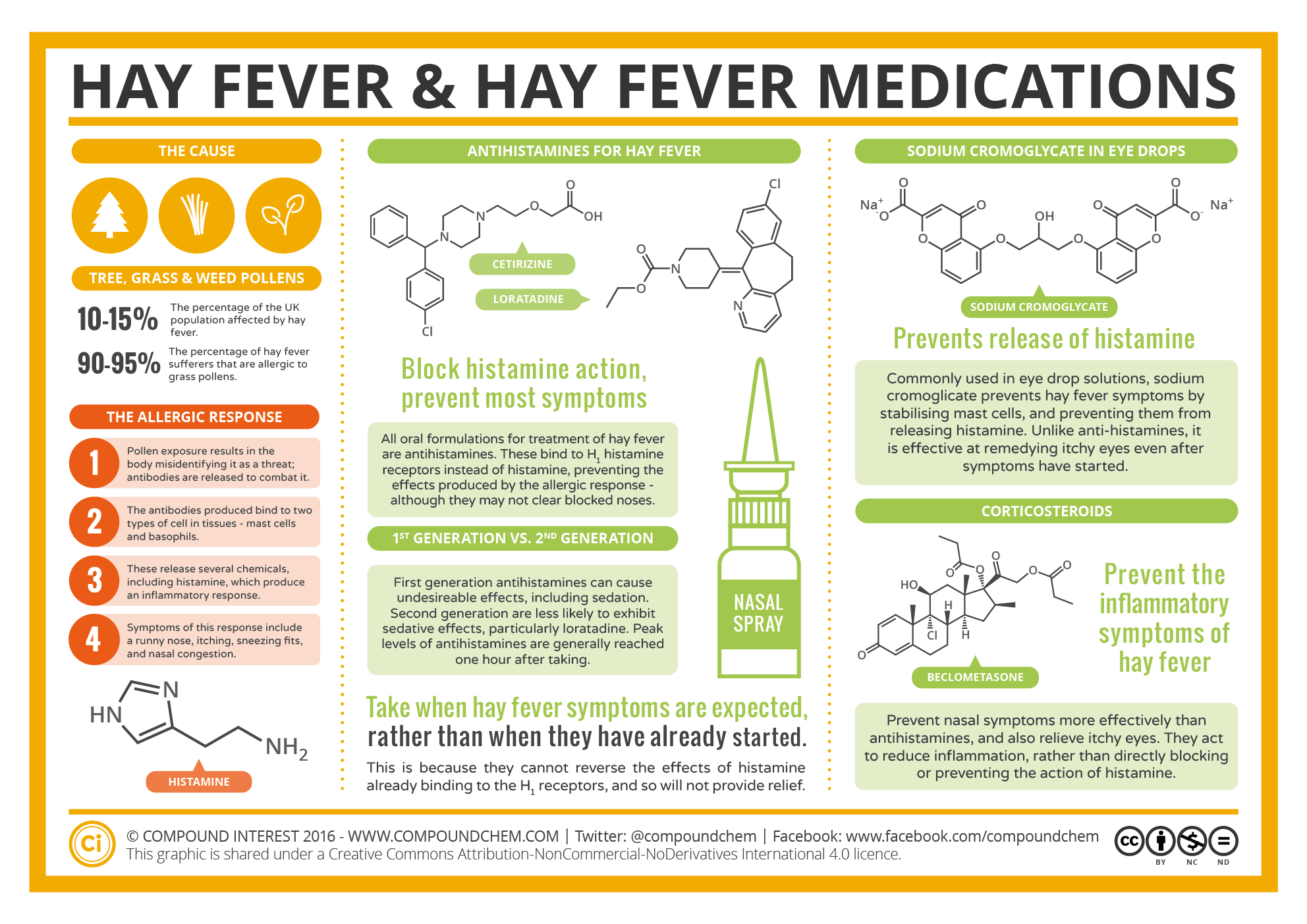hay fever season
If you suffer from hay fever your immune system goes into overdrive when exposed to pollen and the result is a sneezy and sometimes wheezy mix of miseryFortunately simple. Hay fever or allergic rhinitis is a seasonal allergy.
 |
| Hay Fever Information Poster Teacher Made |
Symptoms of hay fever include.

. During this time grass pollen counts are at their highest from dawn until about ten. It can be triggered by pollen from trees. Pollen seasons can cause hay fever asthma almost year round in parts of Australia. How long does hayfever last in Australia.
What is hay fever. Exposure to pollen is very difficult to avoid outside the house throughout a lot of the. Because depending on where you live and which pollens you are allergic to you could be in for a very long season. HAY FEVER brings misery to one in five Brits every year.
Hay fever allergic rhinitis is an allergic response from your immune system that causes sneezing runny nose and watery itchy eyes. Hannah Braye Bio-Kults Technical advisor reveals 5 ways to help reduce symptoms. It is a condition that causes the eyes to water nose to run throat to itch and lungs to feel tight. But the condition starts a lot earlier than you might think - running from late.
Hay fever is a common allergic condition that affects up to one in five people at some point in their life. But now experts are warning that the pollen season could start as early as this month - and last three weeks. Hay fever is a common allergic reaction which occurs at particular times of the year. Rhinitis refers to irritation or inflammation of the nose.
A typical cold lasts around 3-7 days and can cause a fever runny nose and body aches. And for around 8 percent of adults and 7 percent of children in the United States that means months of itchy eyes constant sneezing. Hay fever can be triggered by seasonal. It is known as seasonal rhinitis sharing symptoms with perennial year round.
Tree pollen which is common in early spring Grass pollen which is common in late spring and summer Ragweed pollen which is common in fall Dust mites and cockroach droppings which are present year-round Dander from pets which can be bothersome year-round but might. However this May was unusually wet and cool which means many. And the latest research suggests that the climate crisis is going to make the hay fever season a whole lot longer and more intense with up to three times as much pollen. Hay fever seasonal allergic rhinitis is an allergy caused by pollen grains released during the pollen season which normally runs from March to November in the UK.
Hay fever triggers include. The grass hay fever season is between May and August depending upon where you live. Also known as allergic rhinitis or nasal allergies hay fever can be seasonal perennial year-long or occupational. Spring aka hay fever season has arrived which means plenty of red eyes and runny noses.
Hay fever season usually lasts from late March to July but different types of pollen peak at different times. HAY fever season is well and truly underway in the UK with many Brits struggling with symptoms. Well the real question to ask is. Hay fever is caused by the nose andor eyes coming into contact with environmental allergens such as pollens grasses weeds or trees dust mite moulds and animal dander.
Hay fever can last for months and causes a runny nose itchy throat and a cough. Hay fever season is officially upon us.
 |
| The Chemistry Of Hay Fever How Do Hay Fever Medications Work Compound Interest |
 |
| When Is Allergy Season 2022 Treating Seasonal Allergy Symptoms |
 |
| Is Hay Fever On The Rise On Medicine |
/cdn.vox-cdn.com/uploads/chorus_image/image/69142214/GettyImages_1208821617.0.jpeg) |
| Allergy Season 2021 Climate Change Is Making Your Allergies Worse Vox |
 |
| Hayfever And Itchy Eyes Reynolds Opticians |
Komentar
Posting Komentar